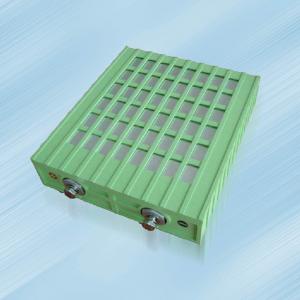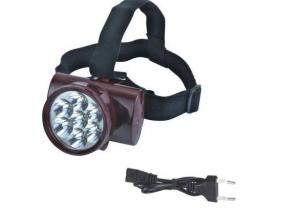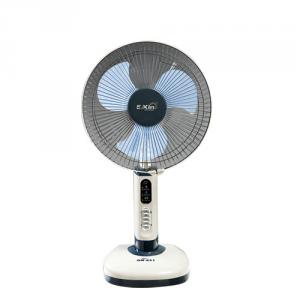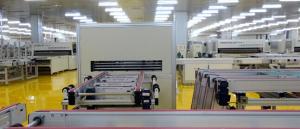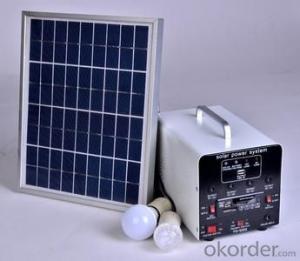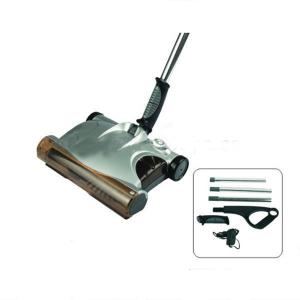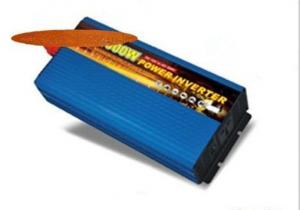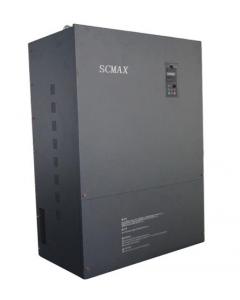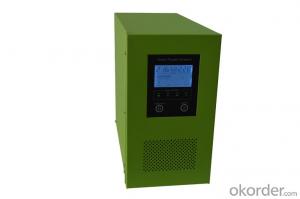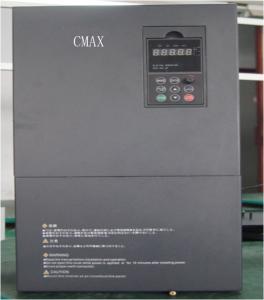Solar Rechargeable Inverter
Solar Rechargeable Inverter Related Searches
Solar Charge Inverter Solar Charger Inverter Solar Solar Inverter Solar Photovoltaic Inverter Solar Energy Inverter Solar Inverter Charger Reactive Power Solar Inverter Solar Battery Inverter Solar Electric Inverter Solar System Inverter Solar Compatible Inverter Sun Solar Inverter Inverter Charger Solar Solar Power Inverter Charger Solar Powered Inverter Residential Solar Inverter Battery Solar Inverter Solar Smart Inverter Solar Converter Inverter Solar Hybrid Inverter Inverter Solar Solar Power Battery Inverter Solar Based Inverter Solar Charger With Inverter Solar Light Inverter Hybrid Solar Charger Inverter Solar Plant Inverter Sunshine Solar Inverter Solar Charger For Inverter Portable Solar InverterSolar Rechargeable Inverter Supplier & Manufacturer from China
Solar Rechargeable Inverter is a versatile power solution that combines the benefits of solar energy and battery storage. This innovative product allows users to harness the power of the sun during the day and store it for use during the night or during power outages. It is designed to provide a reliable and sustainable source of electricity for various applications, making it an ideal choice for both residential and commercial settings.The Solar Rechargeable Inverter is widely used in a variety of scenarios, such as off-grid homes, remote cabins, camping sites, and even in emergency situations where a stable power supply is crucial. It can be connected to solar panels to charge the integrated battery, which then powers devices and appliances as needed. This product is particularly beneficial in areas with limited access to traditional power grids or where electricity is expensive and unreliable. By utilizing solar energy, users can significantly reduce their energy costs and contribute to a greener environment.
Okorder.com is a leading wholesale supplier of Solar Rechargeable Inverters, offering a vast inventory of high-quality products at competitive prices. As a trusted distributor, we ensure that our customers receive reliable and efficient power solutions that meet their specific needs. Our extensive range of Solar Rechargeable Inverters is designed to cater to different power requirements, making it easy for our clients to find the perfect fit for their applications. With our commitment to customer satisfaction and ongoing support, Okorder.com is the go-to source for all your solar power needs.
Hot Products

